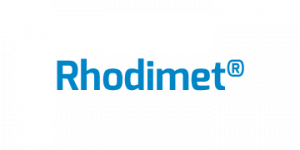


This notice intended for feed producers is presenting a labelling guideline for declaration of methionine amount in feed containing DL-HMTBA, as a methionine source. The current indication of methionine level on feed label in the “Analytical constituents” part is the content as measured by usual chemistry.
This may not always provide the true value when DL-HMTBA sources are added, due to the analytical method. As a consequence, the current methionine content on the feed labelling, when DL-HMTBA has been added, is underestimating the true methionine value of the feed that can be used by animals for their growth. Indeed, field nutritionists supply commercial animal feed with doses of DL-HMTBA or DL‐Methionine allowing achieving maximum performance.
At these commercial levels, the full relative bioequivalence of DL-HMTBA over DL‐Methionine has been well proven in the literature to be 100 %. To reflect this reality on the feed label, IMAA1 recommends to indicate, in addition to the amount of methionine as “Analytical Constituents”, the information of the “Total methionine equivalent value” for the animal based on a bioequivalence factor of 100% between DL-HMTBA and DL-methionine.
To address this labelling issue in compliance with the COPA-COGECA / FEFAC Code of Good Labelling Practice for Compound Feed for Food Producing Animals, IMAA1 has produced the two documents below (click on the icon to read the document):
Guideline for declaration of methionine in feeds for swine and poultry produced with DL-HMTBA
Synthesis of publications on the bioequivalence between DL-HMTBA and DL-Methionine
1: IMAA is a non-profit Association, set up in 2012 by Methionine Analogue producers, for the promotion of the reputation, utilization and dissemination of HMTBA (Hydroxy Analogue of Methionine). Adisseo is a member of this association and as such, has participated to the elaboration of the IMAA documents.